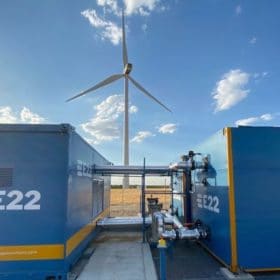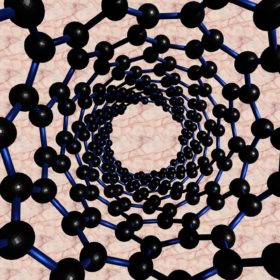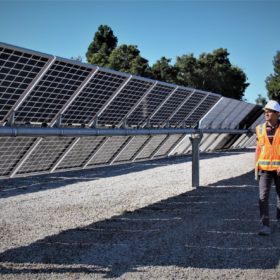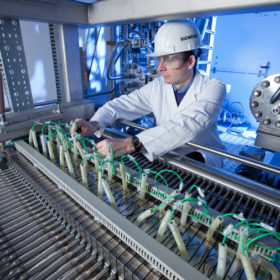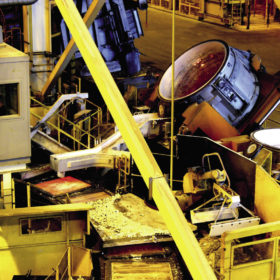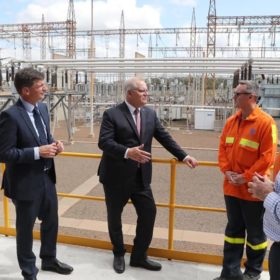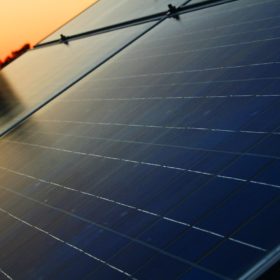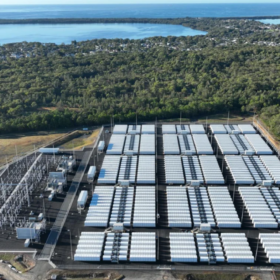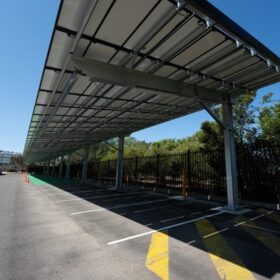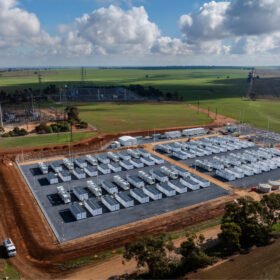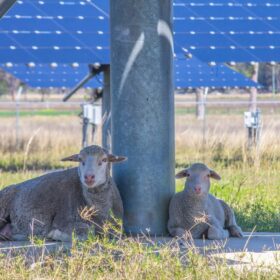Spanish newcomer E22’s 5 MW Li-ion battery to provide network services in West Gippsland
Spanish energy storage company E22 has set to work on its first project in Australia, a 5MW/7.5 MW Li-ion battery in Longwarry, VIC that is set to provide AusNet with much needed network services during the heights of summer congestion.
Carbon nanotubes in search of a solar niche
A group of German scientists has analyzed the possible trajectory of carbon nanotubes (CNTs) in photovoltaic research and industry and has suggested a roadmap to bring this technology closer to mass production. Despite a large number of challenges, the academics predicted a brilliant future for CNTs in PV applications, explaining that the barriers to their adoption are constantly being reduced.
Vast array of global banks revealed as green financiers of 460 MW Western Downs Green Power Hub
Neoen announced last month that it had completed the financing of its 460 MW Western Downs Green Power Hub, but today it has been revealed that said green finance came about through a wide reaching international effort, including seven global banks, a salutary sign that green finance is accelerating as fossil fuel divestment continues.
Solar for trekking
Belgian start-up Sunslice has developed small, portable, high-performance solar panels that can be applied to backpacks and be used as rechargers for smartphones and watches.
UNSW to lead Australian-German green hydrogen trade feasibility consortium
The University of New South Wales will lead a consortium of Australian and German researchers and industrial partners in a feasibility study to tease out and provide solutions for the obstacles for the trade of green hydrogen from Australia to Germany.
Long-term assessment of PV panel degradation under hot, humid tropical climates
A Dutch-Hungarian research team has measured, for 12 years, the degradation rates of PV modules installed in an off-grid system located in Ghana. It found that the panels had an average annual decline in power yield of 3.19%.
Weekend read: Solar needs aluminium, but it has a carbon problem
Few doubt that aluminium frames will be a part of the solar module for some time to come. And with PV manufacturing continuing to scale, the carbon footprint of this versatile metal may prove a sustainability challenge.
SMA swings to profit in first three quarters of 2020
Despite the coronavirus pandemic, the photovoltaic inverter maker was able to significantly increase its turnover and sales compared to the previous year.
Despite public sentiment, Morrison government goes it alone on gas
Australia is increasingly at risk of becoming “internationally isolated” with Prime Minister Scott Morrison declaring his government will not be dictated to by other countries on energy and climate policies.
Major economies should divert fossil fuel Covid-recovery cash to clean energy before it’s too late
A report by Finnish company Wärtsilä has estimated the potential impact if every dollar committed to a non-renewables energy sector recovery was instead funnelled to clean power.
